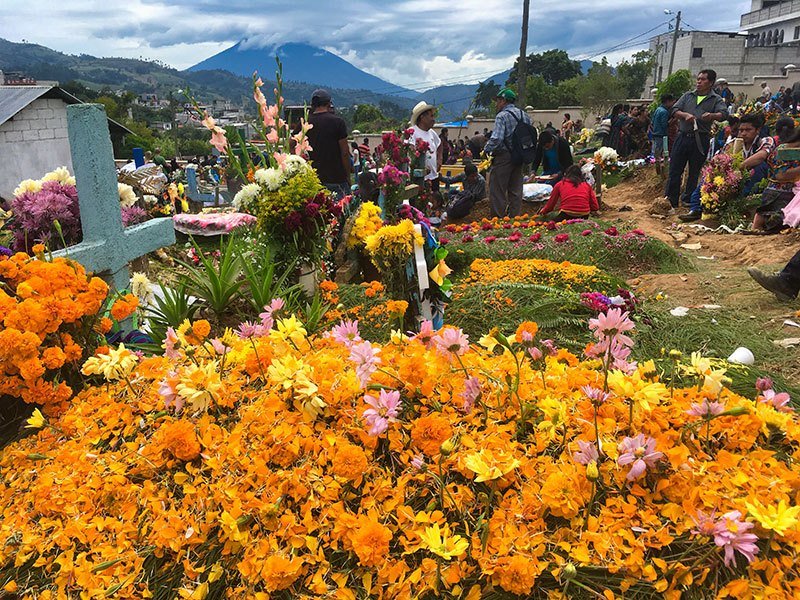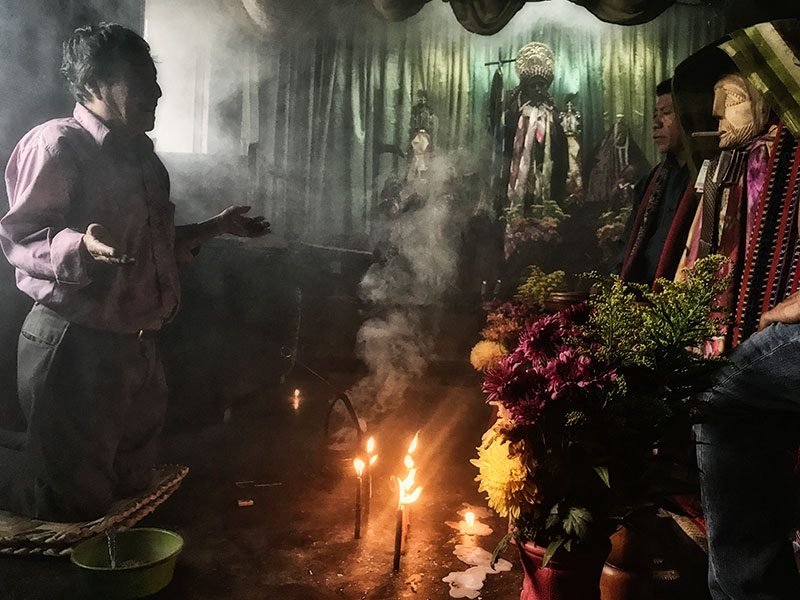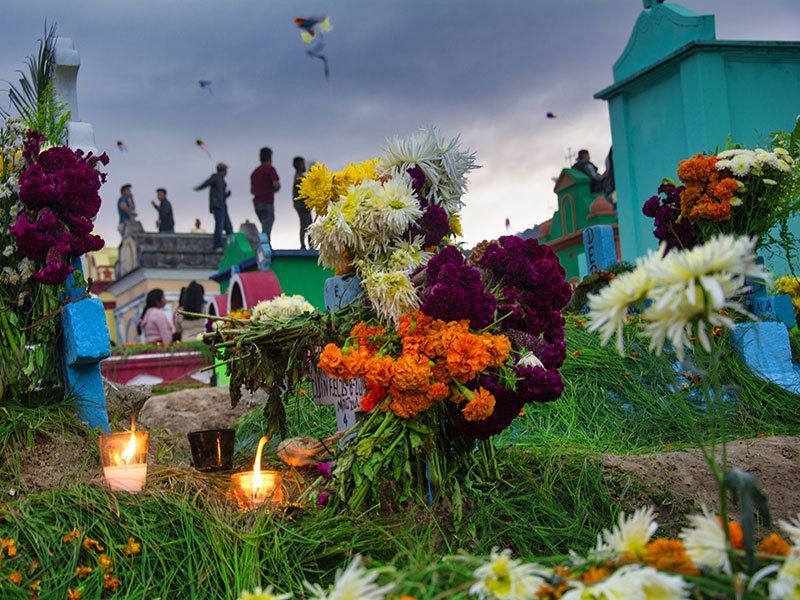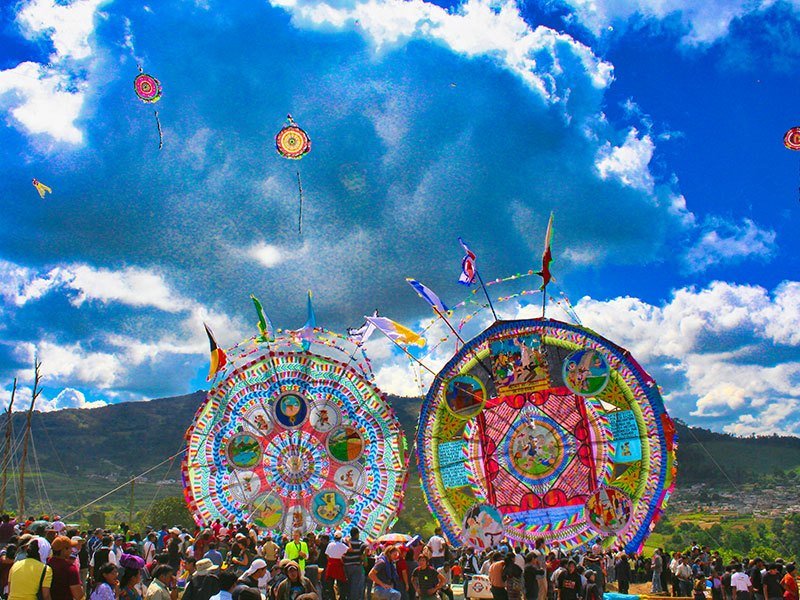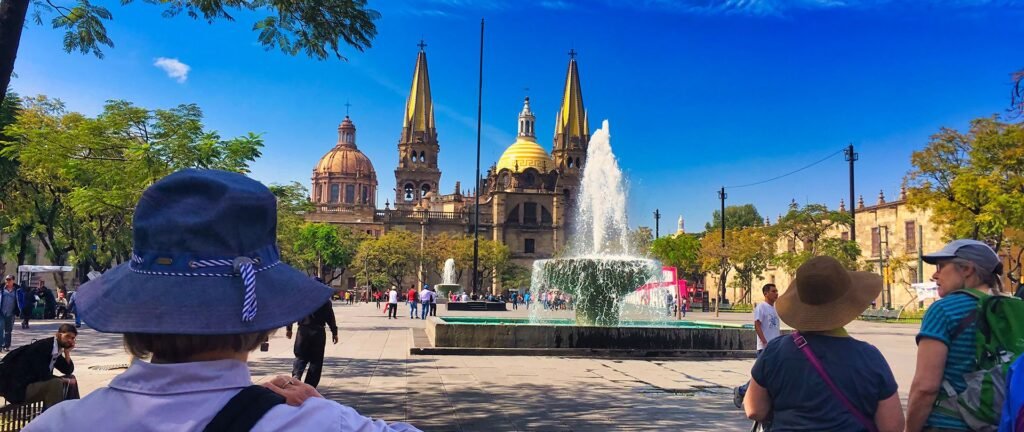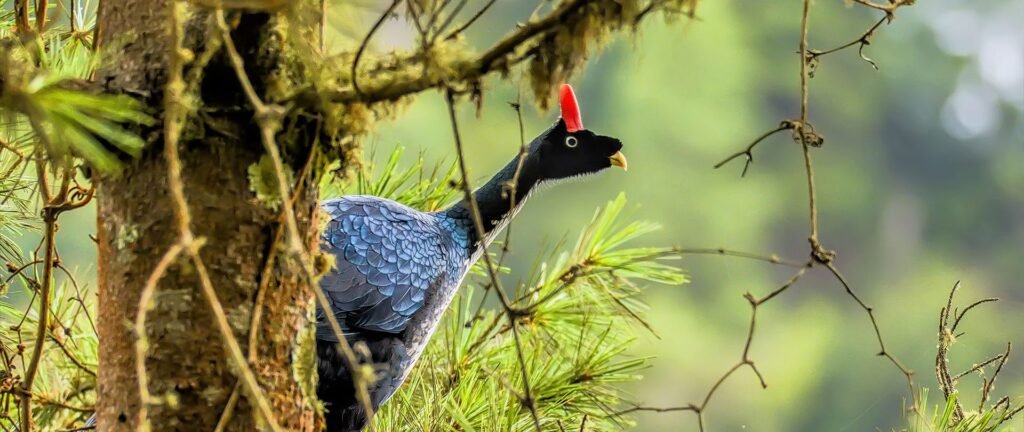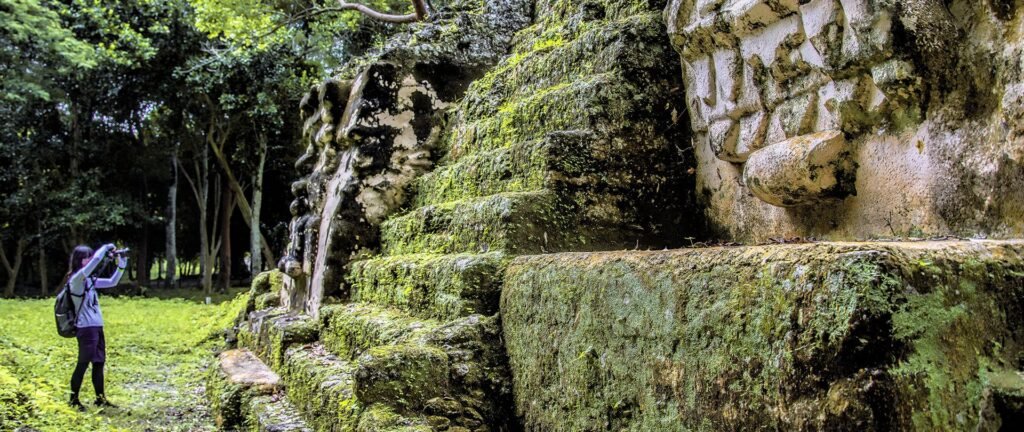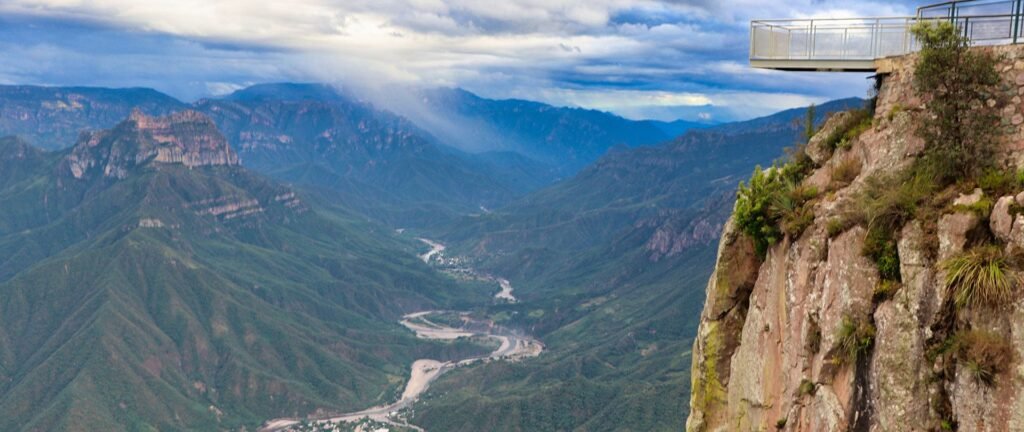
Dia de Muertos
13 days & 12 nights
David Reyes is a devoted and loving Guatemalan, who has always worked as tour guide since 2004. He became a trip leader and worked for several renowned international travel companies such as Coppola’s Resorts, Overseas Adventure Travel and Intrepid Travel.
Because of his knowledge in the in the travel industry David has designed many trips and David run them as well. David has visited over 70 ancient Sacred Sites (archeological centers) and almost every corner of Mesoamerica (Mexico and Central America).
He has been from Guadalajara in Mexico to Coiba in Panama (the largest island in the Pacific out of North and Central America), he has visited Teotihuacan in Mexico as well as El Mirador in Guatemala.
David has met and guided the world in terms of nationalities, all types of adventurers and intrepid travelers, from High-end helicopters rides with Mickey Hart to jungle hikes or food tours. David Reyes is in short words a great Tour Guide/Trip Leader who will kindly take you through your travel experience and make the beast out of it!
- Full Itinerary
- Gallery
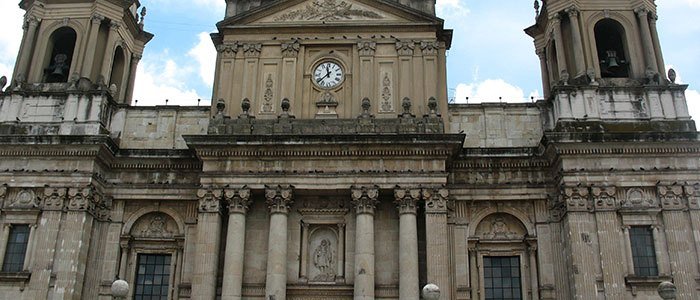
Guatemala City, Arrival day
Today we all get picked up at the airport and transferred to our hotel located only 20 minutes away (depends on traffic).
Guatemala City, is a very active and cosmopolitan hub and very important in the country experience, to understand Guatemala you MUST experience "La Ciudad", Guate city has every service that any demanding visitor may expect to find in a business or a pleasure trip.
Hotel of several categories are available "El Centro" as part of the zone 1 is call is the real live zone of the city, all political- econonomical changes that influence the country take place here, their streets are a mix of beautiful old houses and modern buildings built by the "old families" are full of life and fighting to survive the municipality attacks against the traditional ways of rescue the historical centers in Mesoamerica.
The best prices of the country for artesian goods are in the underground central market.
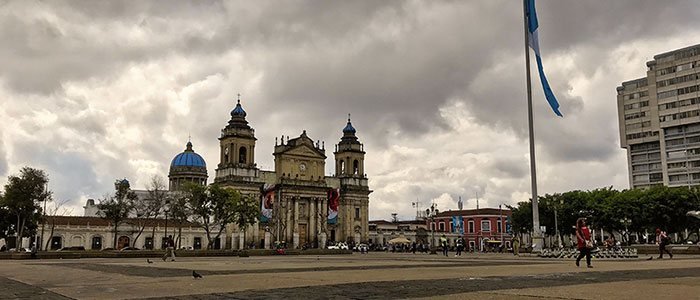
Guatemala City
We start our city tour and despite Guatemala city*s impression it is a wonderful place. It may take us a full day to see most of its highlights, historic squares and buildings.
Popol Vuh, museum and Ixchel textile exhibition. To appreciate the genius of the Classic Maya artists and scribes, a visit to the Museo Popol Vuh is essential. Although 90% of the visitors to Guatemala visit Antigua or Chichicastenango, and perhaps 50% visit Tikal, too few reach the museums. The exhibits are well designed in a modern manner. The building is new and looks suitably impressive.The exhibits include a colorful display of animals in Maya art. In addition to pre-Columbian art, the museum has a really nice selection of Spanish colonial art.
The city's best museum, the Ixchel Museum of Indigenous Dress, focuses on textiles of Guatemala's indigenous community, with an impressive array of hand-woven fabrics from 120 highland villages, some of which date from the 19th century. It will provide you with a good background in the regional differences among textiles before you head out to the highlands. You'll also find sculptures, photographs, and paintings, including works by Andres Curruchich, an influential Guatemalan folk painter. Multimedia and interactive weaving displays make the museum engaging for all ages—watch one of the short introductory videos describing the museum's holdings to get you grounded—and there's a café, a bookstore, and a terrific gift shop.

Copan, Honduras
Today we drive through the eastern Guatemala, along the Motagua river basin down to Honduras.
Transfer to Honduras, it may take about 6 hours.
The Copan ruins majestically display ancient natural culture, and the people of the town of Copan have become friendly merchants, working in an envious setting against the clear green and blue mountains. “Copanecos” have found that delicate blend of being able to show visitors their beautiful world, without destroying that which makes it so unique. It’s an artistic town.
Intricate wood and stone carvings of the ruins, the land, agriculture and animals, along with hand-made leather trinkets, which are available everywhere, make excellent vacation souvenirs. The cobblestone streets and fresh tortillas being grilled on the street corners mix with the voices of townspeople sharing the day in the town plaza. Copan is the heart of activity in north western Honduras. It is intimate, friendly and colorful: narrow streets, brightly colored buildings, numerous cafes, restaurants, hotels, and shops make for its lively example of rural Honduras mixed with the accommodating desire for tourism.
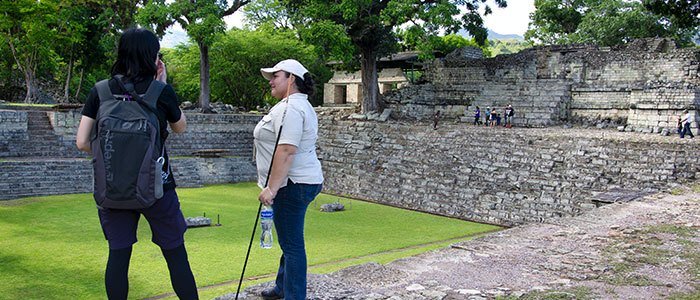
Copan
Copán began as an agricultural settlement around 1000 BC. As it grew, the site functioned as the political, civil and religious centre of the Copán Valley as well as the center of a larger territory that covered the southeast portion of the Maya area. From the early 400s to 820 AD, a series of 16 kings ruled Copán, all of them belonging to a single dynasty (family).
The Maya leader Yax Kuk Mo, came from the area of Tikal (Petén) and arrived in the Copán Valley in 427 AD. He started the dynasty that transformed Copán into one of the great Maya cities. The greatest period of Copán, paralleled that of other major Mayan cities and occurred during the Classical period from 300-900 AD.

Cloud Forest
We head to the cloud forest of Guatemala in the Verapaz area. As we track back to the dry-forest region of Guatemala we will enjoy this great ride throughout the wild-wild east of Guatemala.
The Quetzal Biotope, officially known as the Mario Dary Rivera Nature Reserve, is one of the most fascinating nature reserves in Guatemala, protecting 3,000 acres of cloud forest and many species of birds, butterflies, orchids and exotic flowers. The Quetzal Biotope was established in 1977 to protect Guatemala's rapidly shrinking cloud forest and its inhabitants.
Since it's inception, the nature reserves has been under the administration of the San Carlos University, which has done a splendid job and made the Quetzal Biotope one of the country's top destinations for nature lovers and bird watchers.

Guatemalan highlands
Departure to Finca Mil-Amores. This is an adventurous route that see few foreigners and although a long and bumpy days drive, it takes us into a region that is remarkably rich in Culture and Costumbre (ancient tradition).
Free time to explore the surrounding area of the hotel property.

Triangulo Ixil
Welcome to the Western Highlands of Guatemala. Cool, brisk weather, misty, dramatic mountain ranges and lush cattle pasture are the norm. Hacienda Mil Amores is pretty far off the gringo trail. You won’t find any memorable t-shirts, trendy bars or businesses catering to tourists.
What you will find are classy, standalone cabins with fireplaces, wonderful hot full pressure showers and comfortable beds all housed on a quaint, European-esque dairy farm. Hiking trails crisscross the surrounding mountains where locals tend to small fields, collect firewood and raise livestock. You’ll likely wake to cowbells in the morning, and might forget you’re in Guatemala while walking around the lush green fields divided by fresh, cold streams and brusque rock formations.
If you’re looking for a quiet or romantic getaway and you have the time to get there, Hacienda Mil Amores is the right choice. Cheese plates with wine, delicious typical food, beautiful hiking and a super quiet, relaxing atmosphere will make your stay memorable. Keep in mind you’ll be in the middle of nowhere.
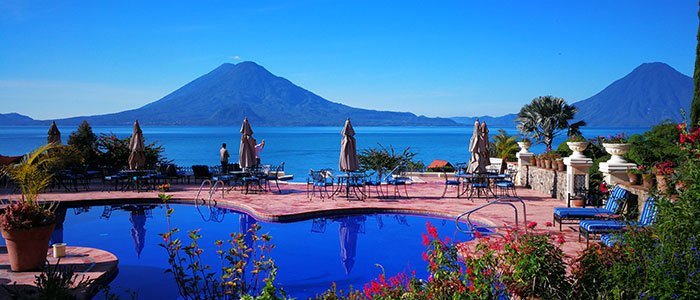
Lake Atitlan
On our way we will have the great opportunity to explore some ancient Maya-Quiche such as Gumarkaj
Q'umarkaj was one of the most powerful Maya cities when the Spanish arrived in the region in the early 16th century.[3] It was the capital of the K'iche' Maya in the Late Postclassic Period.[4] At the time of the Spanish Conquest, Q'umarkaj was a relatively new capital, with the capital of the K'iche' kingdom having originally been situated at Jakawitz (identified with the archaeological site Chitinamit) and then at Pismachi'.[5] Q'umarkaj was founded during the reign of king Q'uq'umatz ("Feathered Serpent" in K'iche') in the early 15th century, immediately to the north of Pismachi'.In 1470 the city was seriously weakened by a rebellion among the nobility that resulted in the loss of key allies of the K'iche'.
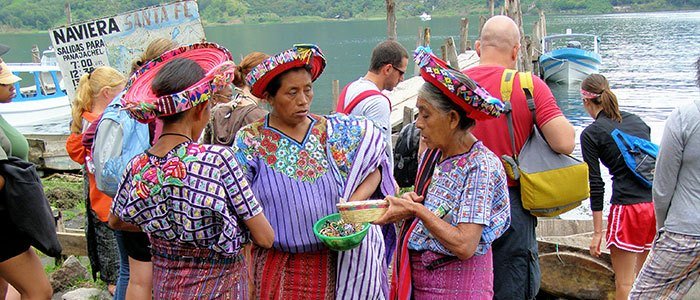
Lake Atitlan
Today we can choose from exploring Santiago Atitlan on our own to get active a hike from Tzununa to Jaibalito (about 2 hours) and enjoy the lake as few visitors would. What about some Kayaking?
What about meeting Maximon? (a local divine entity)
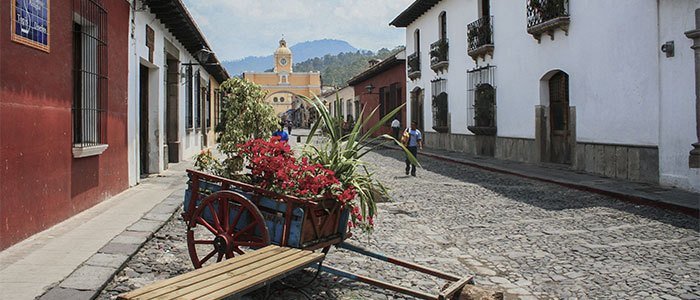
Antigua Guatemala
8:00 Departure time to Antigua via the Pacific Coast-Line Enjoy this unusual ride from the highlands to the sugar-cane fields of La Costa back into the highlands once in Antigua.
The city of Antigua, capital of Sacatepéquez Province, Guatemala, is a charming old colonial city that for many years was the political, religious and economic heart of Central America. After being destroyed by a series of earthquakes in 1773, the city was abandoned in favor of what is now Guatemala City, although not everyone left. Today, it is one of Guatemala’s top visitor destinations
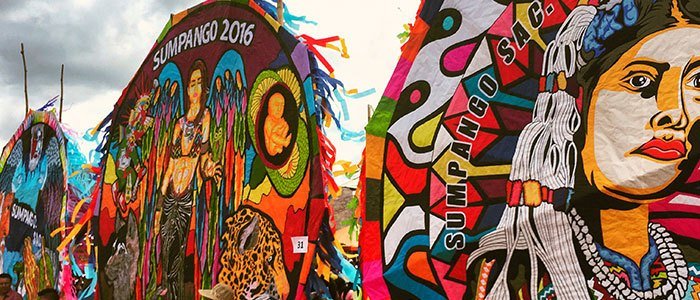
Sumpango
This November 1st, or Day of the Dead in Guatemala, the municipality of Sumpango celebrated with their famous annual Kite Festival.
Thousands of people from all over the country, as well as foreigners, travel to Sumpango on this day to see the magnificent, giant kites that various community groups from Sumpango have been working on for months prior to the event. There is music, food, drinks and dancing on this joyous event, which is the pride and joy of citizens of Sumpango.
When you see the incredible kites, it is easy to see why.
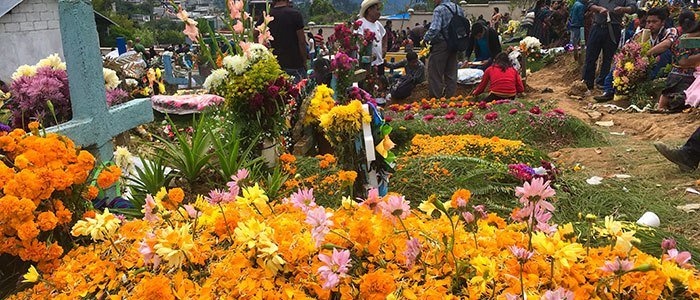
Dia de los Muertos
We start our Antigua village tour, we get to explore the surroundings of Panchoy's Valley, as we move a long we learn about their Costumbre (tradition) on the Dead. This tour involves visitng cemeteries in every one of the 04 villages.
Fiambre is a traditional Guatemalan dish that is prepared and eaten yearly to celebrate the Day of the Dead (Día de los Muertos) and the All Saints Day (Día de Todos los Santos). It is a salad, served chilled, and may be made up from over 50 ingredients.

